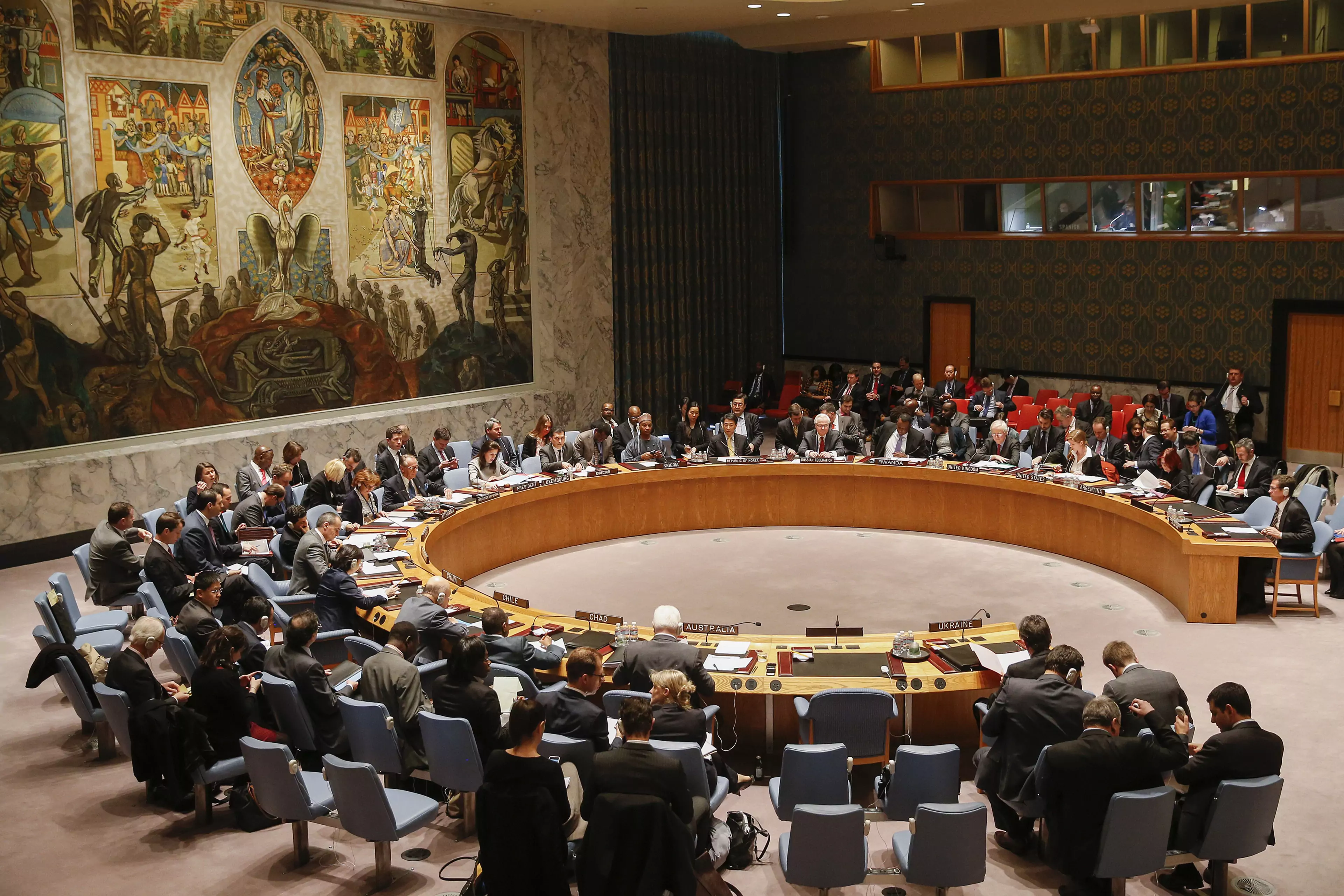
A UN report states that about 1.4 billion of the workforce in Asia-Pacific is surviving on $5.5 or less per day.
In a recent report, the United Nations Economic and Social Commission for Asia and the Pacific (UNESCAP) portrayed a dismal picture of the region’s labor force. According to the survey, two-thirds of the Asia-Pacific labor force, or 1.4 billion people, are barely scraping by on just $5.5 a day.
According to the UNESCAP assessment, the workforce in the region is extremely vulnerable to systematic shocks like pandemics or economic downturns because more than half of the population is not covered by any form of social security.
More than half of the population of the region is not covered by any form of social protection, according to the study, which was presented at the seventh meeting of the Committee on Social Development.
“Our region spends less than half of the global average on social protection”: UNESCAP report
Armida Salsiah Alisjahbana, executive secretary of ESCAP said, “Our region spends less than half of the global average on social protection. Almost 60 percent of the population has no social protection coverage against normal life events such as pregnancy, child-rasing, sickness, disability, unemployment or simply getting old.”
The consequences of the vulnerability brought on by a lack of social protection are extensive. 85 million unprotected people are now living in severe poverty, making do with an income of only $1.9 a day or less. 158 million people in this class are currently living in moderate poverty on $3.2 per day.
The report states that Asia-Pacific’s labor productivity has fallen below the global average. “During the pandemic, the lack of affordable health care and social protection contributed to pushing 243 million people into poverty.” the report stated.
The report took many factors into consideration when studying the Asia-Pacific workforce
In 16 of the 27 countries, more than half of the employed women work in informal settings. Women are also more likely than men to do unpaid employment in 15 nations. In Turkey, the Marshall Islands, Nepal, and Pakistan, this difference is especially large.
The impact of climate change on the labor class in the Asia-Pacific area was also considered in the research. “The region is highly exposed to climate-induced natural disasters with detrimental welfare consequences for workers, as jobs disappear and businesses relocate.”
The group most at risk from climate change were the informal sector employees, particularly those in the agricultural sector, who made up one-third of the labor force.
UNESCAP introduced a Social Protection Online Toolbox (SPOT) on the margins of the meeting to assist governments in extending the social safety net for this group of residents throughout the region.
